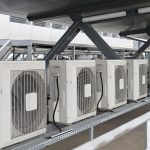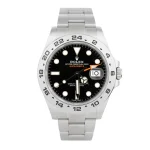The process of stud welding using a drawn arc system is relatively simple for the operator, but it does require ensuring the correct settings on the equipment. Different factors, including the choice of the specific type of arc studs, impact only a few settings for effective operation, and with new systems that are constantly providing operators with feedback data, this is easier than ever.
The Basics of the Process
With the process of drawn arc welding, there are only a few settings that need to be adjusted for optimal welding. To understand the settings, a quick review of the basics will be helpful.
The arc studs are placed into the stud gun, and a ferrule is also placed in the ferrule grip. This ferrule is a ceramic ring that is just slightly larger than the diameter of the arc weld stud. It will be used to prevent the need for shielding gasses, to contain the molten metal in the area under the arc weld stud and to also to prevent sparks and spatter.
There is a flux load in the tip of drawn arc studs; this will vaporize during the process and allow for a neat, even weld. This will touch the metal workpiece surface to start the electric circuit between the stud and the workpiece. It then lifts when the trigger is pulled by the operator, creating the drawn arc. This lift will continue for a specific time and will melt the bottom 1/8th of an inch of the arc weld stud as well as the surface of the workpiece in the specific area of the stud.
Once the time is reached, the stud is plunged down, and the weld occurs in just fractions of a second. Then, as the final step, the ferrule is broken away. The weld fillet (or base) should be complete, shiny and even all the way around the stud when the settings on the system are correct.





